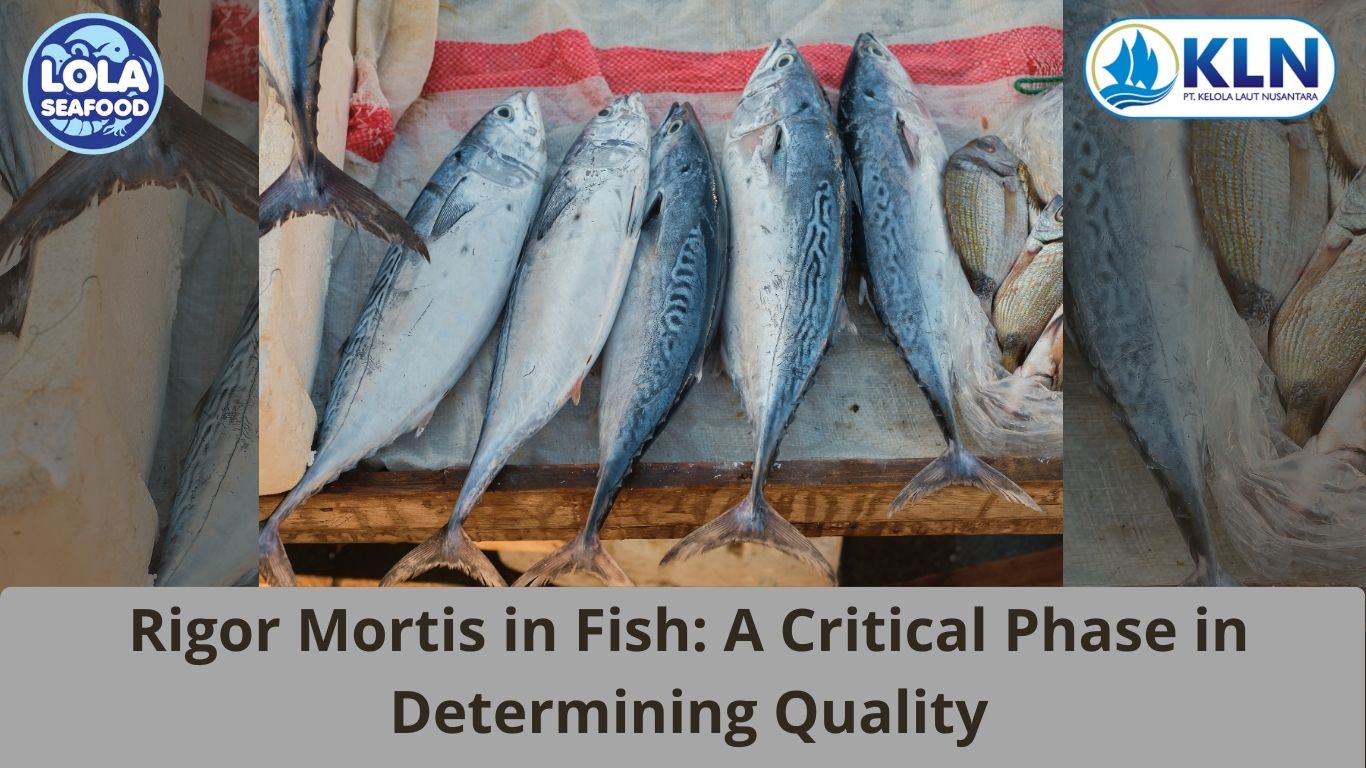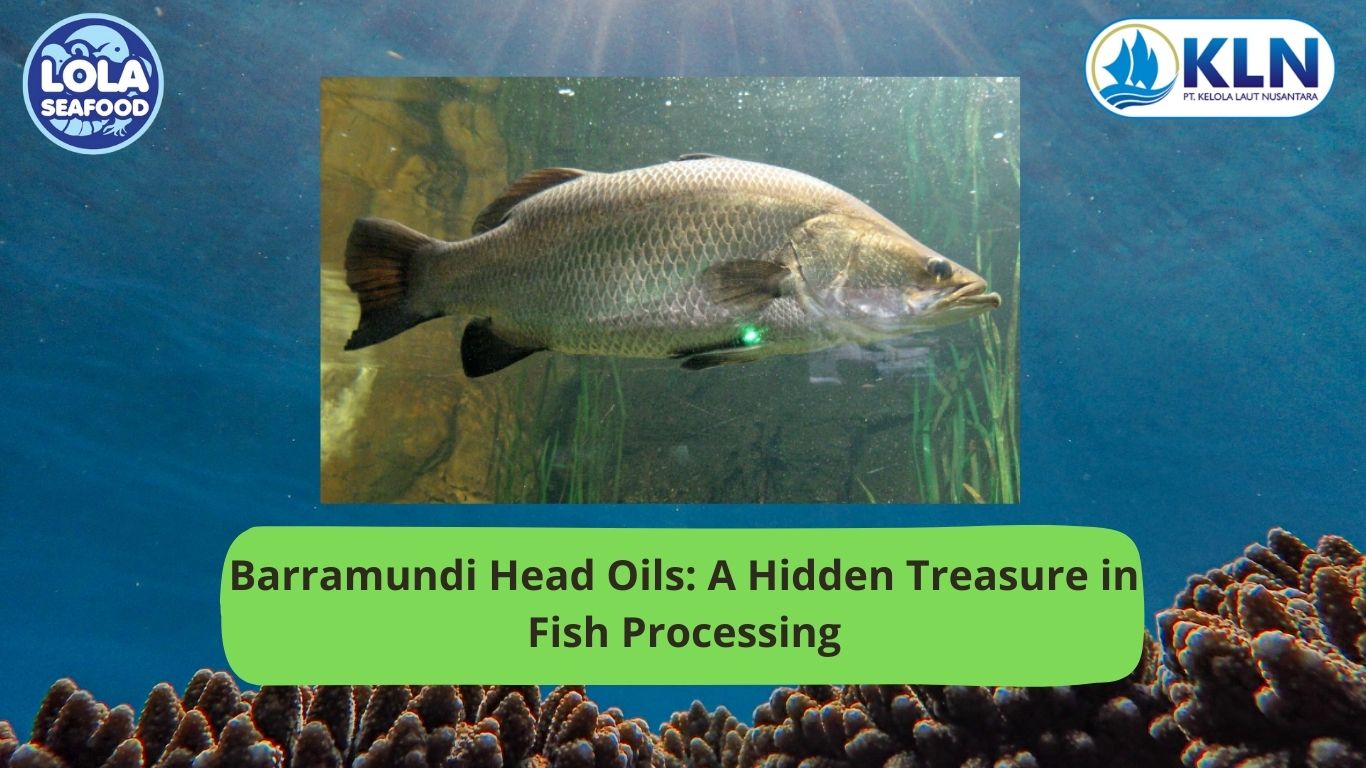Post Rigor Mortis in Fish: Effects on Quality and Processing
By. Sofie Thoriq - 24 Sep 2025
Kelolalaut.com The period following rigor mortis—known as post-rigor mortis—is a critical stage that significantly influences the quality, texture, and shelf life of fish products. While much attention is given to pre-rigor handling, understanding what happens after rigor mortis is equally important for processors, distributors, and consumers. Post-rigor mortis is when the muscle biochemistry stabilizes, and the flesh becomes easier to work with, but it is also a stage when spoilage risk increases if proper handling is not maintained.
Explanation of Post Rigor Mortis
Post-rigor mortis refers to the phase after the fish has completed rigor mortis, when muscle stiffness has resolved and the flesh has regained flexibility. Rigor mortis, which typically begins within hours of death and may last from 12 to 48 hours depending on species and temperature, is characterized by muscle contraction caused by the depletion of ATP (adenosine triphosphate). Once ATP is completely exhausted and muscle proteins have formed permanent cross-bridges, proteolytic enzymes gradually begin to break down these structures, softening the flesh and leading to the post-rigor stage.
At this point, the muscle is no longer under tension, and the fish becomes pliable again. This change is crucial for processing operations such as filleting and portioning because it allows for more uniform cuts and minimizes yield losses associated with rigor-related shrinkage.
Biochemical Changes in Post Rigor
The post-rigor phase is dominated by proteolysis, a process in which enzymes such as cathepsins and calpains break down muscle proteins. This enzymatic activity results in tenderization of the flesh and contributes to the development of characteristic flavors and textures associated with high-quality fish. However, if not properly controlled through refrigeration, this breakdown can proceed too quickly, resulting in mushy texture and reduced marketability. Additionally, during post-rigor, pH levels have already stabilized, and the biochemical environment of the muscle remains relatively constant. This stability allows for better prediction of how the product will behave during storage, cooking, or freezing.
Implications for Fish Quality
Post-rigor mortis is considered an ideal time for processing fish intended for value-added products, such as fillets, steaks, or frozen portions. Since the muscle has relaxed, there is minimal risk of gaping (separation of muscle fibers) and less chance of deformities caused by rigor contraction. Texture is also more consistent, which is essential for achieving consumer satisfaction. However, there are potential drawbacks. Once fish enters post-rigor, microbial and enzymatic spoilage become the primary factors affecting quality. Bacterial growth accelerates as time progresses, especially if temperature control is inadequate. For this reason, maintaining a strict cold chain during post-rigor handling is essential to preserve freshness and extend shelf life.
Processing Considerations
For many seafood processors, post-rigor filleting is the preferred method, particularly when pre-rigor processing is not feasible due to logistical constraints. Post-rigor fillets are easier to cut with less risk of contraction-related deformation. Moreover, the flesh tends to lose less water during cooking compared to pre-rigor fillets, as the muscle structure has already stabilized.
Nevertheless, post-rigor fish must be handled with care. Delays in processing can lead to softening, increased drip loss, and undesirable texture. Vacuum packaging, modified atmosphere packaging (MAP), and freezing are often applied shortly after post-rigor to slow down spoilage reactions and lock in quality.
Best Practices for Post Rigor Handling
To maximize product quality during the post-rigor stage, the following practices are recommended:
- Maintain Cold Chain: Keep fish at near 0°C to slow microbial growth and enzymatic softening.
- Timely Processing: Minimize the time between the end of rigor mortis and final processing or packaging.
- Hygienic Practices: Ensure that processing areas, equipment, and handling procedures meet sanitation standards to prevent contamination.
- Appropriate Packaging: Use vacuum or MAP techniques to prolong shelf life and retain freshness.
Post-rigor mortis represents a critical window for fish processing where texture, flavor, and yield can be optimized. This stage allows processors to achieve consistent portioning and high-quality products, but it also carries the risk of spoilage if proper handling is neglected. By combining timely processing with effective temperature control and hygienic practices, seafood producers can preserve the desirable qualities of post-rigor fish and meet consumer expectations for freshness, safety, and taste.
If youre interested in our Emperor Whole Round / Whole Gilled Gutted Scale , Emperor Red Spot Whole Round / Whole Gilled Gutted Scale , Emperor Grass Whole Round / Whole Gilled Gutted Scale , Emperor Fillet Skinless and Emperor Fillet Skin On do not hesitate to contact us through email and/or Whatsapp


.jpg)
.jpg)
.jpg)
.jpg)
.jpg)
.jpg)